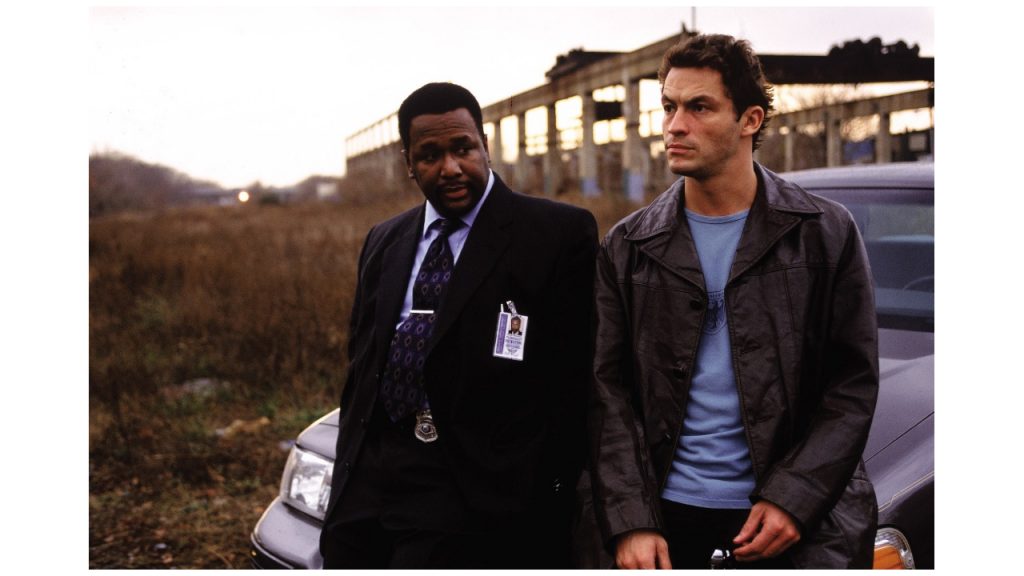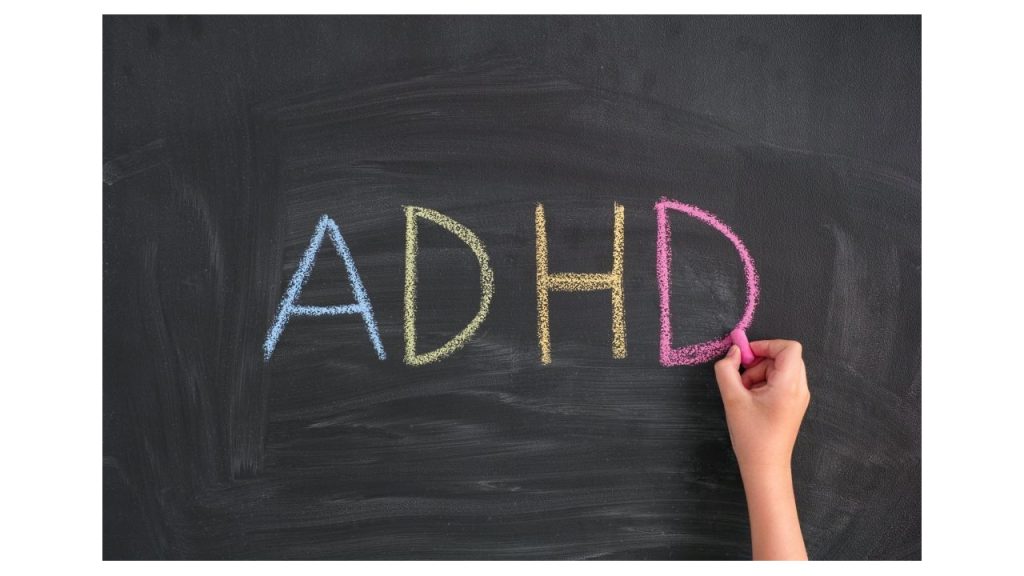Transcription Is Important – Where It Is Headed In The Future
Transcription: what will the future bring?
It is safe to assume that most people have not really thought deeply about transcription and its future development. But in this article, we are going to discuss this issue and its far-reaching implications. We hope that in the end you will find it interesting and maybe even helpful for your business.
Transcription, in simplest possible terms, is basically any conversion of audio or video files into readable text files. It plays a very important role in modern businesses and makes the lives of many professionals much easier. It is one of the keystones when it comes to precise and reliable communication, it is essential in some cases when there is no room for any misunderstandings and wrong interpretations. It is also a pillar of any well-organized archiving system, because it makes referencing and revising much more efficient.
You might think that the technologically advanced multimedia world of today prefers video or audio files over a written text, and that reading is getting out of style, but this is only partly true. Fact is also that transcriptions are enormously important; they are a very useful addition to any video or audio file for various reasons, and in this article, we will explain how they work.
Why is transcription so important?
Comprehension
Even if we are talking only about the English language, you should just think about all the different accents it has. The list of very specific and unique accents of English language is very long. If you are watching a Scottish movie, like Trainspotting, maybe you sometimes struggled to understand what was said. The local subvariant of Scottish that is spoken in Edinburgh is really quite unique, and the protagonists also use a lot of slang words. In cases like thee, closed captions can really improve your viewing experience and help you with understanding what the characters really mean. You can concentrate more on watching the movie itself, and not waste a lot of mental energy on language comprehension.

We are not only talking about the Scottish, British or Australian accent, but even in the United Stated there is a huge difference in the accent, someone from New York or Baltimore has a very different accent when compared to someone from Alabama. A good example would be to watch the hugely popular and influential series The Wire, which is set in Baltimore in early 2000s. Most people, even native speakers of English that live in the United States complain that they have a lot of trouble following the plot without subtitles or closed captions, because the accent and locals slang is so peculiar and unique.

If the video you watch on YouTube include closed captions, it will be easier to follow the speaker, since it removes any noises, accent distractions or verbal shortcomings that the speaker might have. When the transcript is going to be read without the audio or video file, some non-verbal elements should also be mentioned. This sometimes helps to convey the real meaning of the speech, by providing a non-verbal context through which the final meaning of the speech utterance can be understood. Imagine how hard it is to convey, for example, sarcasm in a written text, and how it depends on some non-verbal cues, or the tone of the voice. Simple descriptions of some of the non-verbal elements of speech situations can be very helpful, for example if someone is shouting or whispering, it is useful to have that mentioned in closed captions.
Transcriptions and translations
Transcriptions also help people who aren’t native speakers to understand the foreign language more easily. Imagine, for example that you know some Spanish but you are not a proficient speaker. If you are watching a Spanish video clip, wouldn’t it be helpful to have everything that is said in the form of closed captions. This way, even if you don’t know a word or can’t figure out the meaning from the context, you can still see how this word is written and maybe check the meaning in a dictionary. This is a great method for learning a language, just immerse yourself in the movies or television series in the language that you are trying to learn.
Accessibility
Some people struggle to communicate because they suffer from certain medical conditions or have some impairments. Maybe they have hearing problems and they don’t get much out of an audio or video file. An accurate transcription of the audio or video content is their only option to properly enjoy the content. Transcription will help them feel included and they won’t have to miss out on content they are interested in. Many businesses have taken notice of this problem and they try to open up for all kinds of potential audience members. This is also important since in some states it is mandatory by the law to provide accessibility through transcripts and closed captions. Also, when it comes to education, transcriptions can do wonders. They help students learn, especially those with certain medical conditions, like Attention Deficit Hyperactivity Disorder.

Records of conversations
Transcriptions also have their uses in archiving and providing reference, for example as records of conversations. One good example is when chatbots on some customer service pages offer the transcript of the conversation after it is done, in case you need it in the future.
Also, a transcription of conversations in the vast field of customer service via telephone is really important. A transcript isn’t only a written record of the conversation, it is also very convenient to search and examine, you can easily find the part that you need. Just try to search an audio file and you will immediately see how a tiresome task it is.
Sometime it can be very useful to save an “offline” written version of some important online content, for example a webinar. This way you can always have access to it and can search through it when you need to double check or remember some particularly important info.
There are many business areas in which providing a transcription has already become a usual business norm. For example, in the medical field transcripts are hugely important. Transcriptions are important in this context since they are very detailed, opposite to let’s say simple notes. Due to the nature of work itself, in the medical field things need to be taken very seriously. Transcripts have proven themselves to be one of the best ways to collect information about the patient, and are also very useful for archiving and reference purposes.
The legal field also relies a lot on transcription. This maximizes the possibility that every party has the same information and the nothing is left out. This enhances the quality of communication between various parties in the legal proceedings, and saves everyone’s time. Since good and precise communication is vital in any legal case, transcriptions have already become a norm in many legal offices.
Transcriptions are changing As everything else in the hyper fast digitalized world of the today, transcriptions are also evolving at a very fast pace. In this context, transcription has evolved beyond its primary definition of simple speech to text conversion. To illustrate this, we will describe a cutting-edge device that is currently developed by MIT. It is called AlterEgo. This AI machine can hear nonarticulated internal voices of people. It is a wearable device that captures peripheral neural signals with the help of activation of internal speech articulators. At the moment, there is only a prototype of the device and much more work will need to be done here before it can be properly used by people. But when the time comes, it could have many useful medical applications. It could be of great help for people suffering from multiple sclerosis or amyotrophic lateral sclerosis, better known as ALS. But we also imagine that it will be used a lot by everyone, since it would be some sort of extension of people’s cognition. It would be a great benefit for people working in noisy environments (ground crew on airports or power plants). Any device that enhances the quality of communication between people will have a bright future.

To conclude, we hope that you gained some insight into the exciting world of transcriptions. Although it might seem quite basic and non-essential at first, transcription is a very important aspect in many areas of digital and real-life communication. It serves as a very useful addition to audio and video content of any sort, because it provides a written recording of everything that was said. This can be useful in providing better accessibility, comprehension and understanding of everything that was said in the recording, and it essential in any field that relies on precise communication, from medical to legal and even logistics. Take care to provide transcription alongside your audio or video content, no matter what your line of work is, and you will be sure that you are keeping up one with one of the most important technological developments in communication.